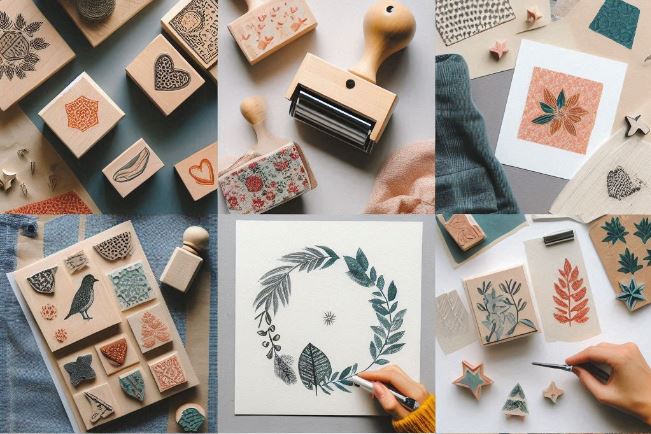Seals: Protection and Identification of Ancient Books
In the world of ancient manuscripts and books, seals have played a crucial role in both protection and identification. These small yet powerful symbols were used to authenticate documents, safeguard valuable texts, and signify ownership. Today, the study of ancient seals offers a fascinating glimpse into the history of literature, culture, and security practices.

In this article, we’ll explore the significance of seals in the context of ancient books, their historical uses, and how they continue to inspire modern applications in document security and identification.
The Role of Seals in Ancient Books
Seals have been used for thousands of years as a means of authentication and protection. In the context of ancient books and manuscripts, they served several important purposes:
1. Authentication
Seals were used to verify the authenticity of documents and manuscripts. By imprinting a unique seal, authors, scribes, or owners could ensure that the text had not been altered or forged.
2. Ownership
Seals often bore the mark of the owner or the institution that possessed the book. This helped prevent theft and made it easier to identify the rightful owner of a manuscript.
3. Protection
Seals were also used to protect the contents of a book. By sealing a manuscript, the owner could ensure that it remained intact and unread by unauthorized individuals.
4. Symbolism
Many seals carried symbolic meanings, reflecting the beliefs, values, or status of the owner. They could include religious symbols, family crests, or other significant imagery.
Types of Ancient Seals
 Ancient seals came in various forms, each with its own unique characteristics and uses. Here are some of the most common types:
Ancient seals came in various forms, each with its own unique characteristics and uses. Here are some of the most common types:
1. Wax Seals
Wax seals were made by pressing a seal matrix into melted wax. They were commonly used to seal letters, documents, and books. The wax would harden, creating a tamper-proof seal.
2. Clay Seals
Clay seals were used in ancient Mesopotamia and other early civilizations. They were made by pressing a seal into soft clay, which would then harden. These seals were often used on tablets and other written records.
3. Metal Seals
Metal seals, typically made from bronze or gold, were used by royalty and high-ranking officials. They were often more durable and intricate than wax or clay seals.
4. Stone Seals
Stone seals, such as those used in ancient Egypt and China, were carved from materials like jade or soapstone. They were often used for ceremonial purposes or to mark important documents.
Modern Applications of Seals
 While the use of seals has evolved over time, their core functions of protection and identification remain relevant today. Modern seals are used in various ways, including:
While the use of seals has evolved over time, their core functions of protection and identification remain relevant today. Modern seals are used in various ways, including:
- Legal Documents: Seals are still used to authenticate legal documents, contracts, and certificates.
- Business Branding: Companies use seals as part of their branding to signify authenticity and quality.
- Personal Use: Individuals use seals for personal correspondence, crafts, and other creative projects.
- Security: Seals are used to secure packages, containers, and other items to prevent tampering.
Creating Your Own Custom Seal
At Stamps Designer, we make it easy to create your own custom seal. Our online platform allows you to design a seal that meets your specific needs. Whether you’re looking for a traditional design or a modern interpretation, our online designer ensures that your seal is both functional and visually appealing.
With Stamps Designer, you can create a seal that’s as unique as you are. Whether you’re starting from scratch or using one of our templates, we’re here to help you every step of the way.
Explore More Articles:
What is the Designer of Seals and Stamps?
Stamp Pillow - The Office Hero of Our Time
Stamps for Mail Art
Published on 2024-08-22

